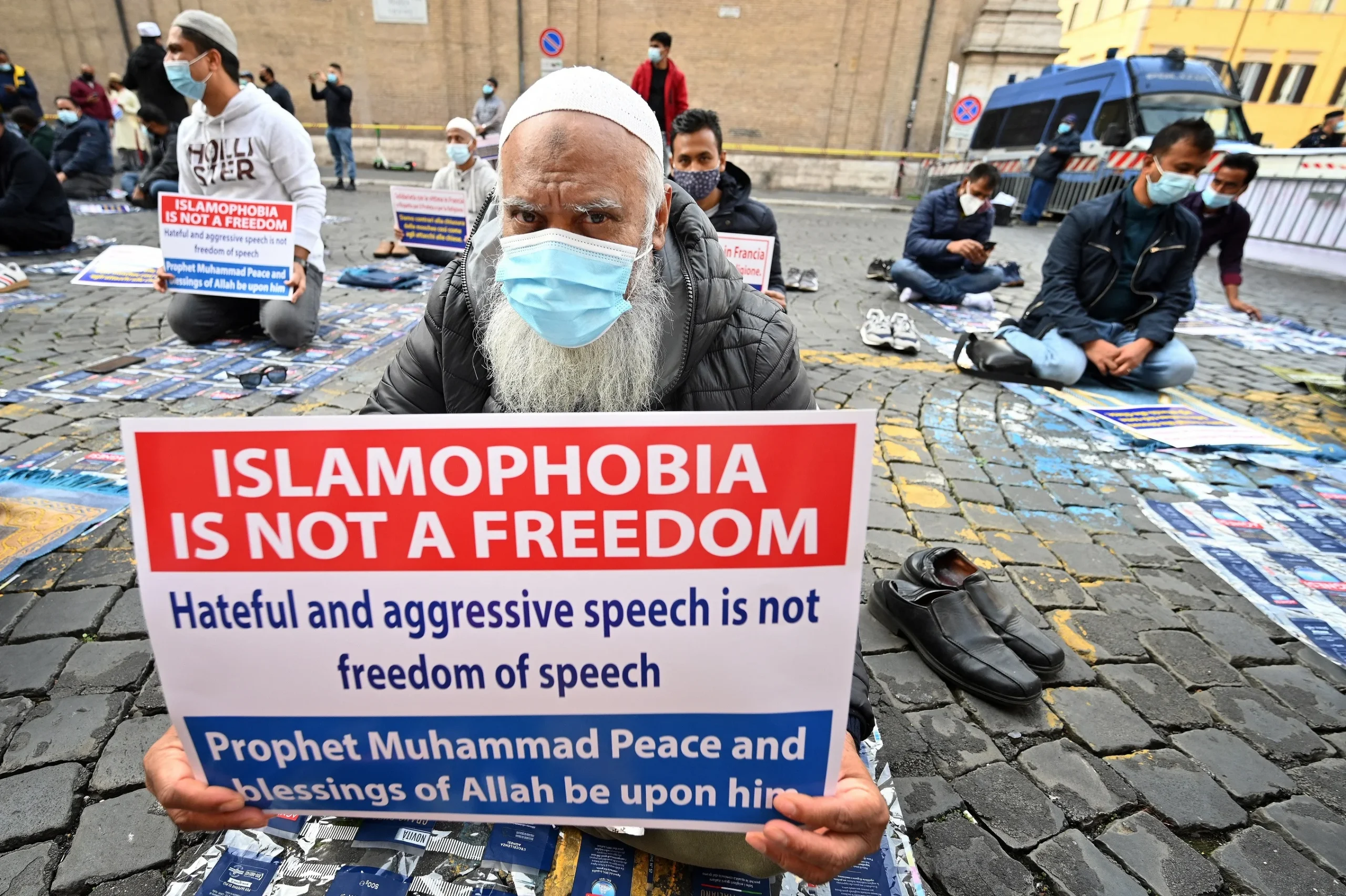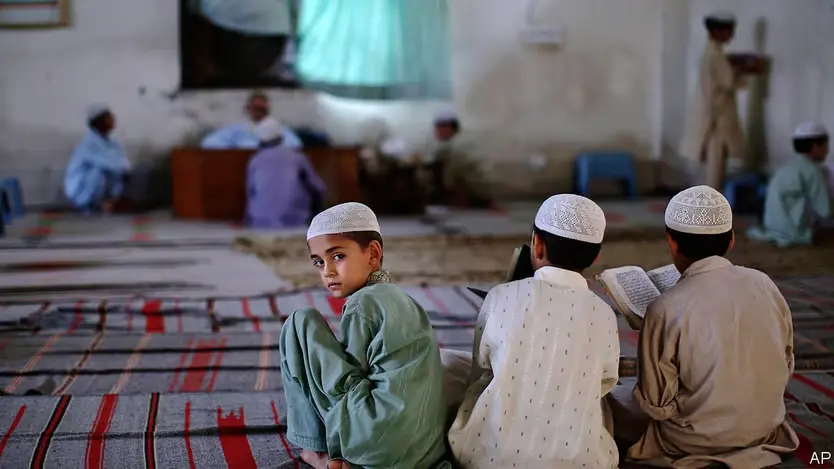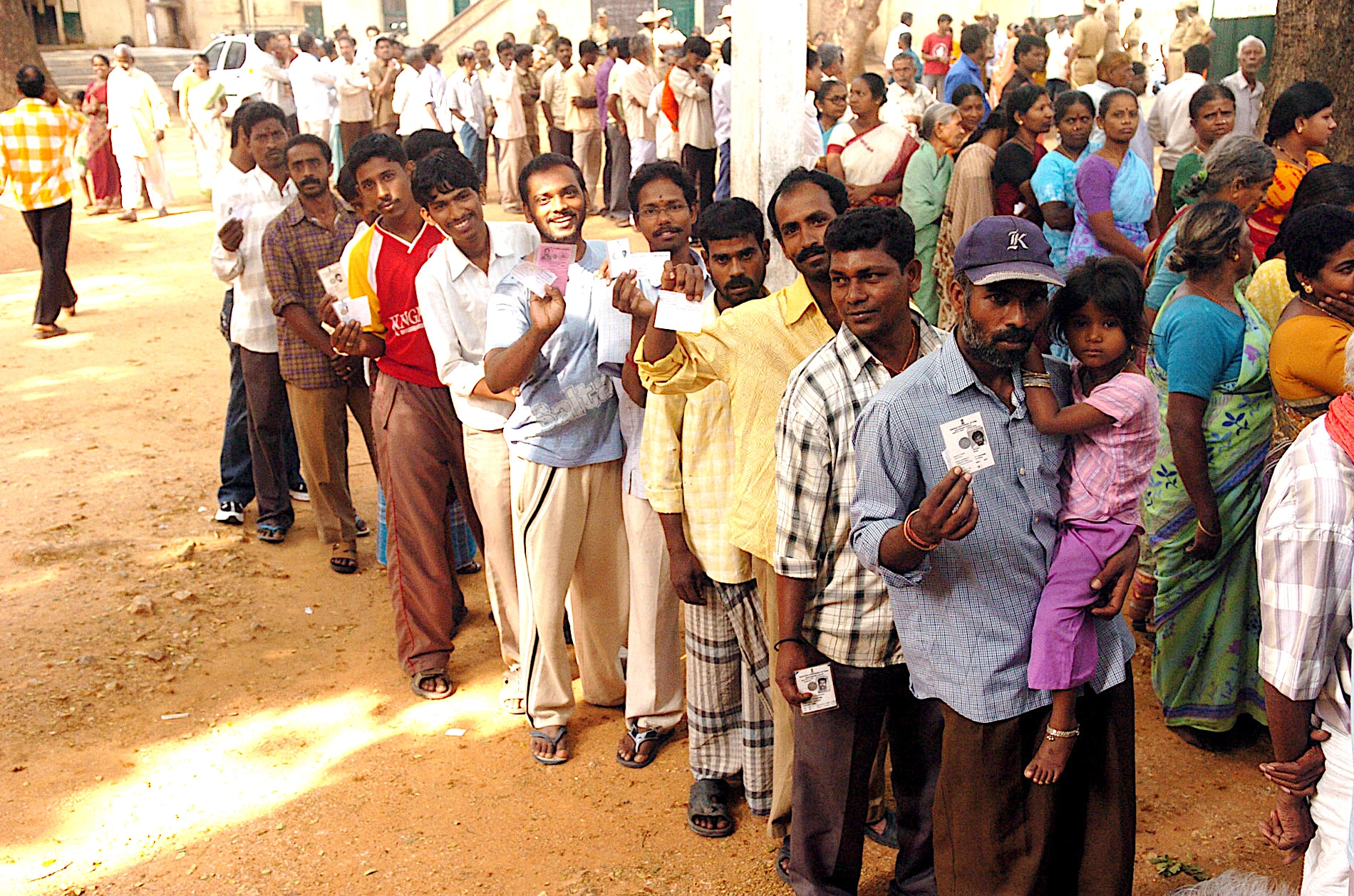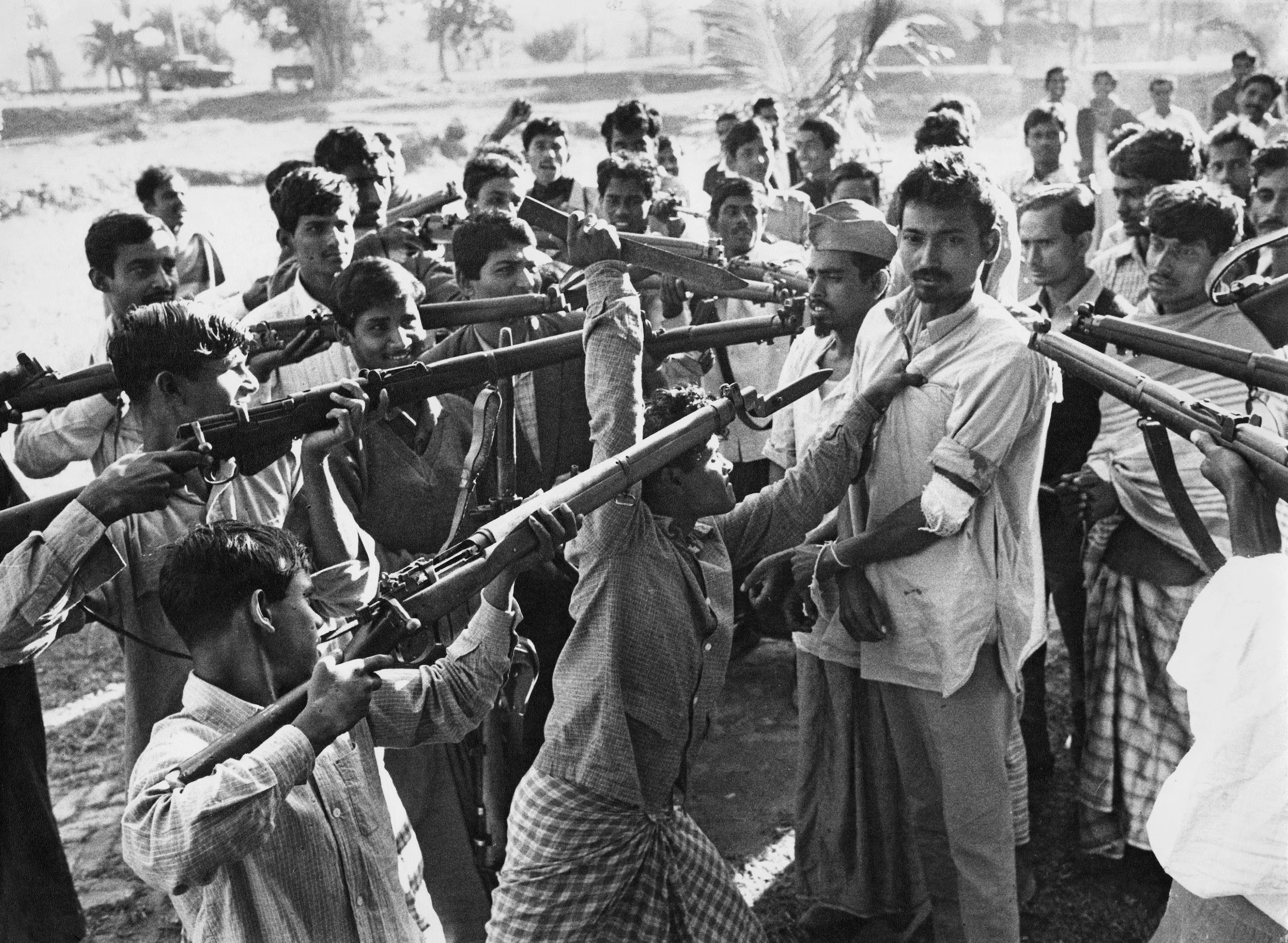Border Skirmish
Several Azeri lives were lost, in the Armenian attack in the Tovuz border region of Azerbaijan on July 12, 2020. Azerbaijan-held check posts were attacked by Armenian forces. At least four soldiers fell in the skirmishes, and three more were injured.
In response to Armenia\’s attack, the Azerbaijani army launched counterattacks on Monday with artillery fire. The positions of the Armenian army, military radar station, vehicle depot, tanks, and armored vehicles were hit, Azerbaijan’s Defense Ministry said in a statement. More than 20 personnel from the Armenian army were killed in the attack, said, officials.
Pakistan\’s response
Islamabad issued a statement strongly condemning the attack. Pakistan’s foreign office said that the unresolved Nagorno-Karabakh conflict poses a serious threat to regional peace and security with far-reaching consequences.
\”The recent provocative action is a manifestation of the Armenian attempt to distract the international community and hamper the ongoing negotiation process for peaceful resolution of Nagorno-Karabakh conflict as enshrined in the relevant UN Security Council resolutions,\” the statement said. \”Pakistan reaffirms its principled position on the Nagorno-Karabakh conflict and reiterates its support to the sovereignty and territorial integrity of the Republic of Azerbaijan,” Islamabad added.
History of the area
The Nagorno-Karabakh conflict is an ethnic and territorial dispute between Armenia and Azerbaijan. The region itself announced independence, the undeclared Republic of Artsakh, and seven surrounding districts fall into de facto control of the republic. However, the region is recognized as a de jure part of Azerbaijan.
The enclave\’s parliament had voted in favor of uniting itself with Armenia and a referendum, boycotted by the Azerbaijani population of Nagorno-Karabakh, was held, whereby most of the voters voted in favor of independence. The demand to unify with Armenia began in a relatively peaceful manner in 1988; in the following months, as the Soviet Union disintegrated.
The origins of the conflict began in the 20th century when Soviet Armenia called for Nagorno-Karabakh to be given to Soviet Armenia, rather than be an autonomous oblast of Soviet Azerbaijan.
Conflict background
Protracted, undeclared mountain warfare in the mountainous heights of Karabakh began as Azerbaijan attempted to curb the secessionist movement in Nagorno-Karabakh, by force, and Armenia backed the ethnic Armenian majority to fight back. The conflict has often grown into ethnic cleansing, notable examples include Sumgait pogrom (1988), Baku pogrom (1990), and the Khojaly Massacre (1992).
The conflict escalated into a full-scale war in the 1990s, a ceasefire was signed in 1994, brokered by Russia, bringing relevant stability. However, a four-day escalation in April 2016 was the deadliest ceasefire violation to date, and the possibility of major hostility has thus increased. Several countries, including Turkey and Russia, have condemned and expressed concern over the attack.






